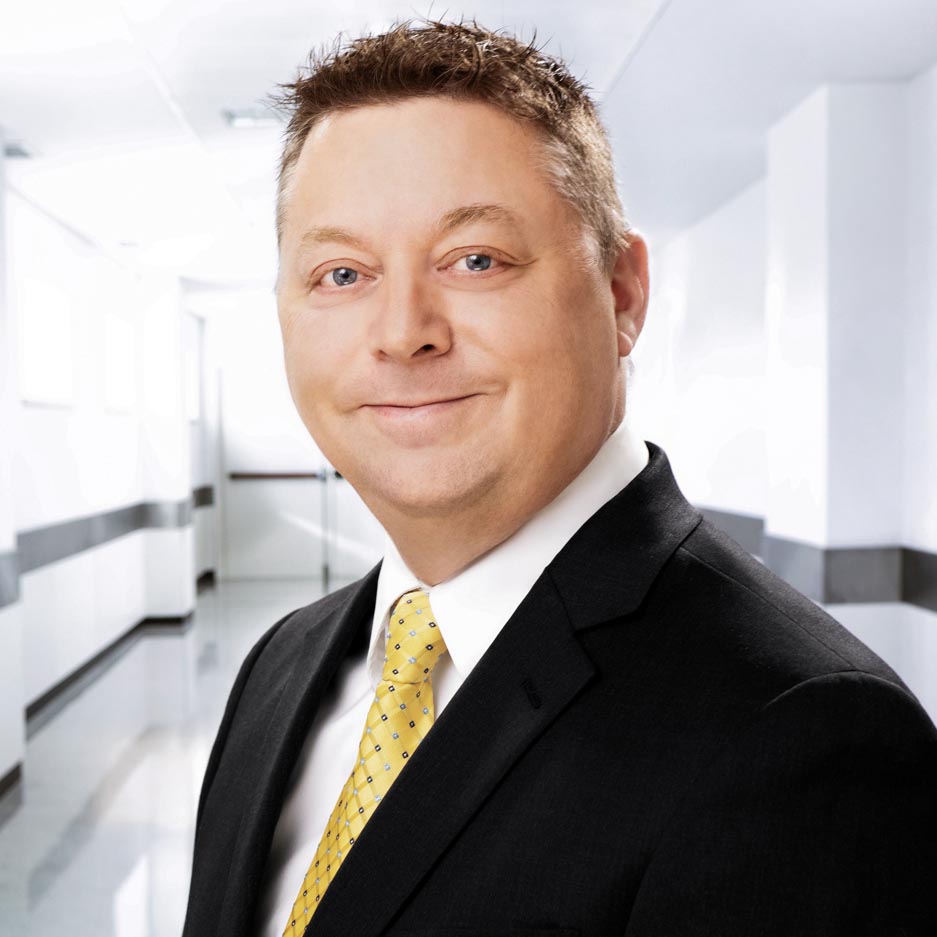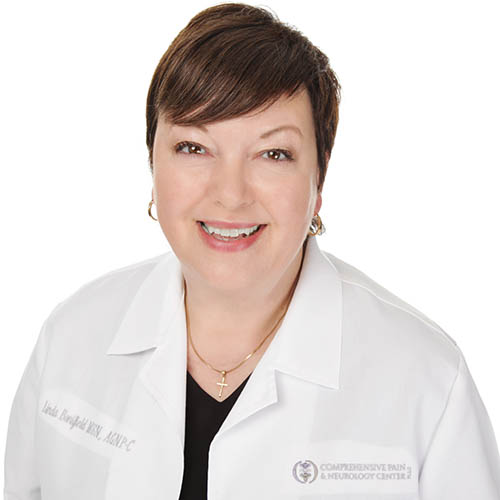Do more for your Bone Health
Osteoporosis is a bone disease that occurs when the body loses too much bone, makes too little bone, or both. Individuals with osteoporosis are at a high risk of fractures from falls and accidents, but also while doing everyday activities such as standing or walking.
Our Osteoporosis Clinic helps at-risk patients identify, prevent and treat this serious, silent disease.

